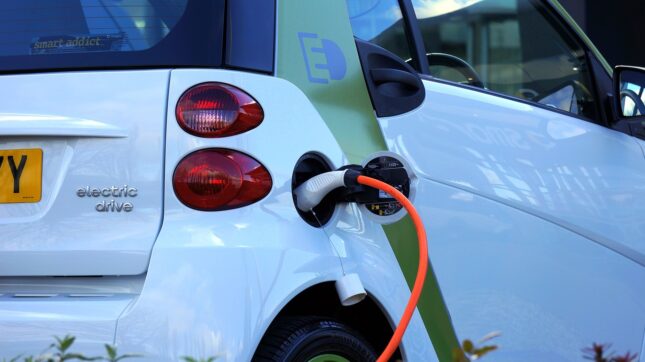Researchers Discover Potentially New And Safer Material For Batteries
One of the biggest challenges facing EVs today is the safety of the battery packs. Chevy Bolt owners know about this first hand after at least a dozen of the EVs caught fire due to defective battery packs. When lithium-ion batteries get short-circuited, they can overheat and catch fire.
Researchers are now looking at ways to replace the liquids used in current batteries with solid materials. One solid material a team of scientists from Brown University and the University of Maryland is working on is a material for use in solid-state batteries derived from trees. They demonstrated a solid iron conductor that mixes copper with cellulose nanofibrils that are derived from wood.
The material is as thin as paper and conducts electricity 10 to 100 times better than polymer ion conductors. The new material could be used as a solid-state battery electrode or an ion-conducting binder as the cathode of a solid-state battery.
“By incorporating copper with one-dimensional cellulose nanofibrils, we demonstrated that the normally ion-insulating cellulose offers a speedier lithium-ion transport within the polymer chains,” said Liangbing Hu, University of Maryland Department of Materials Science and Engineering researcher. “In fact, we found this ion conductor achieved a record high ionic conductivity among all solid polymer electrolytes.”

